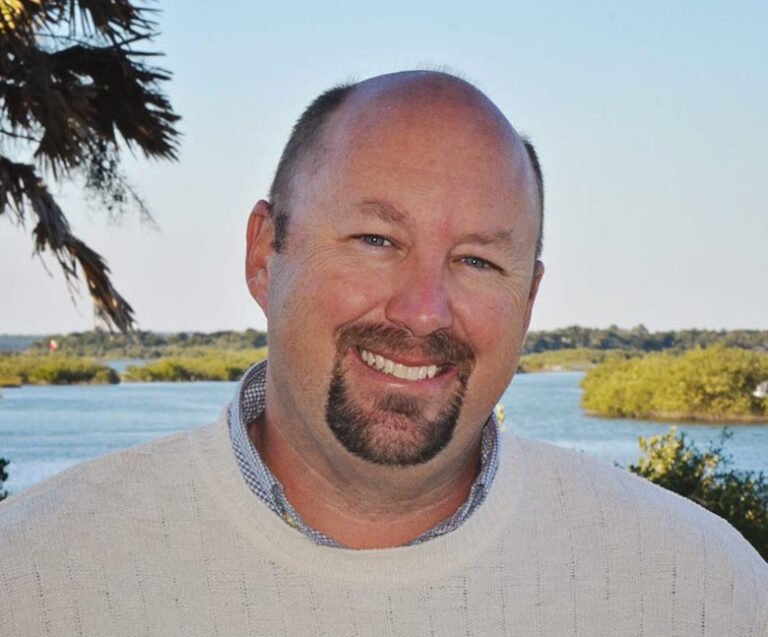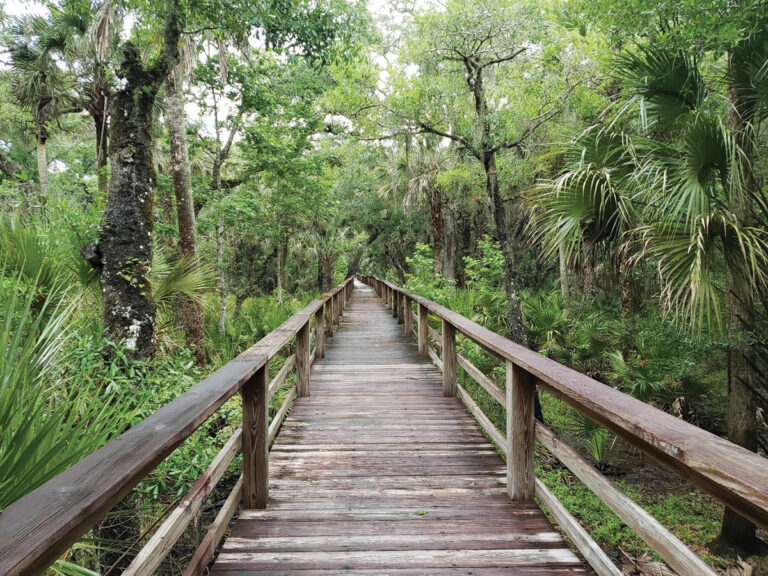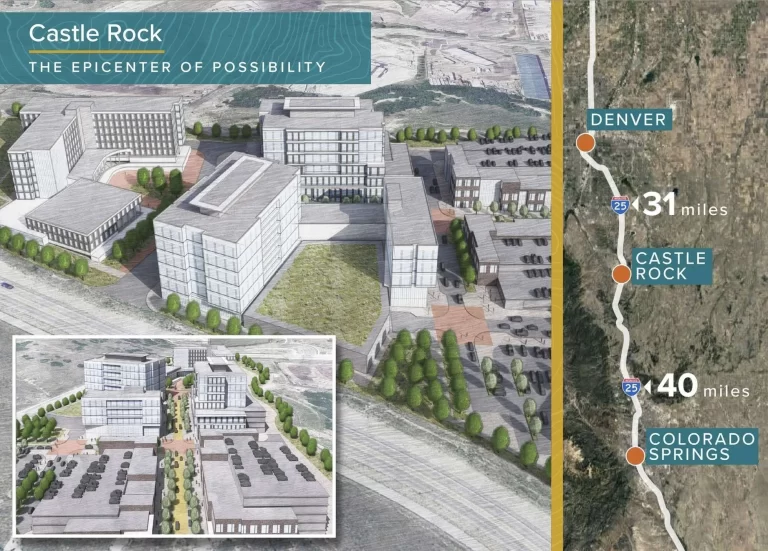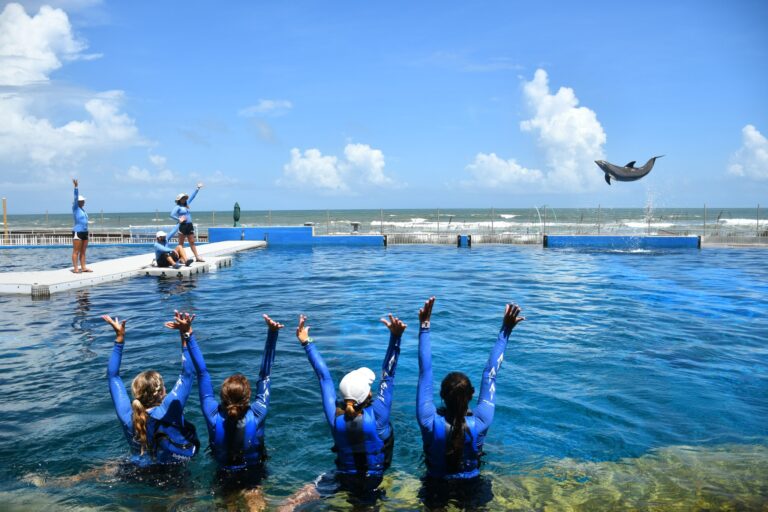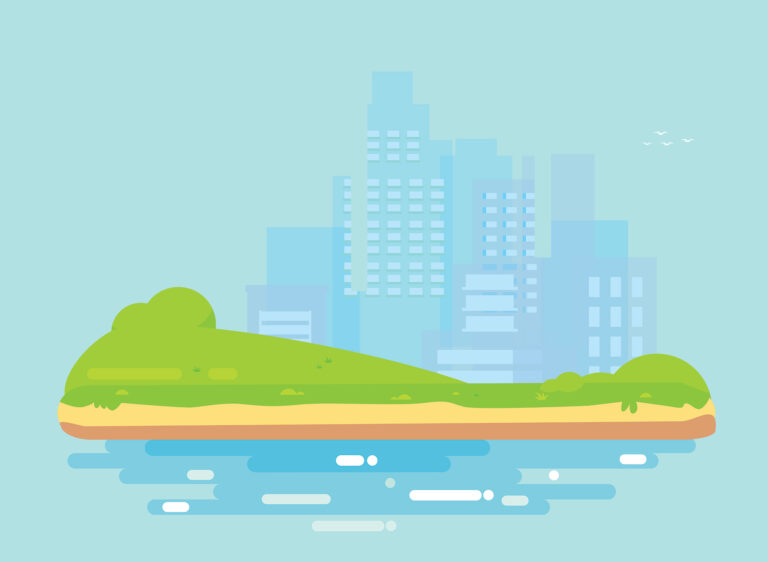Balancing Development and Conservation on the First Coast


Overdevelopment is the new buzzword when it comes to advocacy on behalf of stopping the latest commercial or residential project. But is it really true? What are communities across the northeast Florida region doing to ensure we keep a healthy balance between urban development and nature?
Talking with Flagler and St. Johns County leaders, including the City of Palm Coast, we get a look at what’s really happening.
How Much Is There?
In Flagler County, there are areas designated as Conservation and areas designated as Agriculture & Timberlands, both of which are considered green space. These two areas constitute 84.5% of the unincorporated Flagler County land mass, according to Jorge Salinas, deputy county administrator for Flagler County.
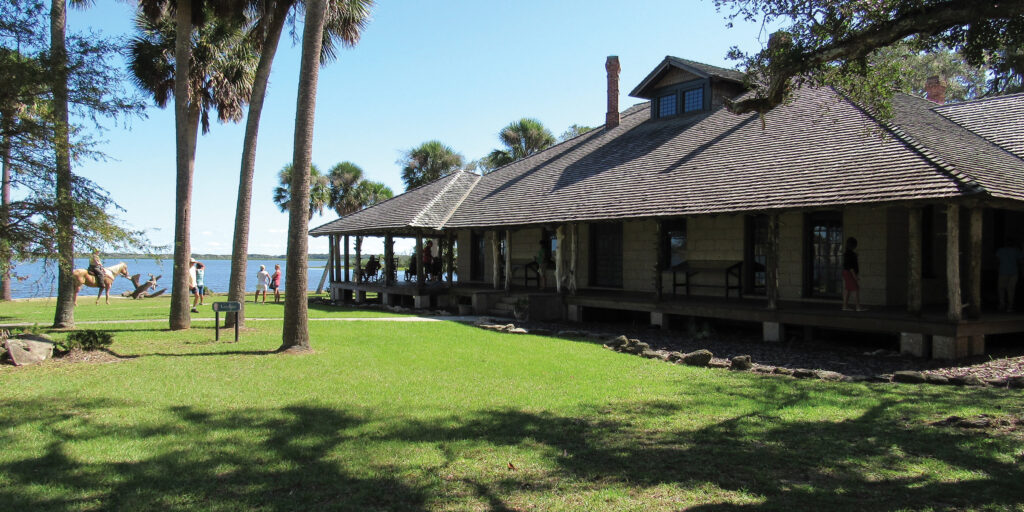

Working with the public to identify locations suitable for conservation, residents can even suggest lands to be acquired by the county through the Environmentally Sensitive Lands (ESL) program, with the last significant ESL purchase being the Pellicer Flats in 2010.
“Lands can be suggested for ESL purchase by anyone, but any purchase ultimately requires a willing seller. Additionally, residents on more than one occasion have voted to tax themselves to keep this program viable,” said Salinas.
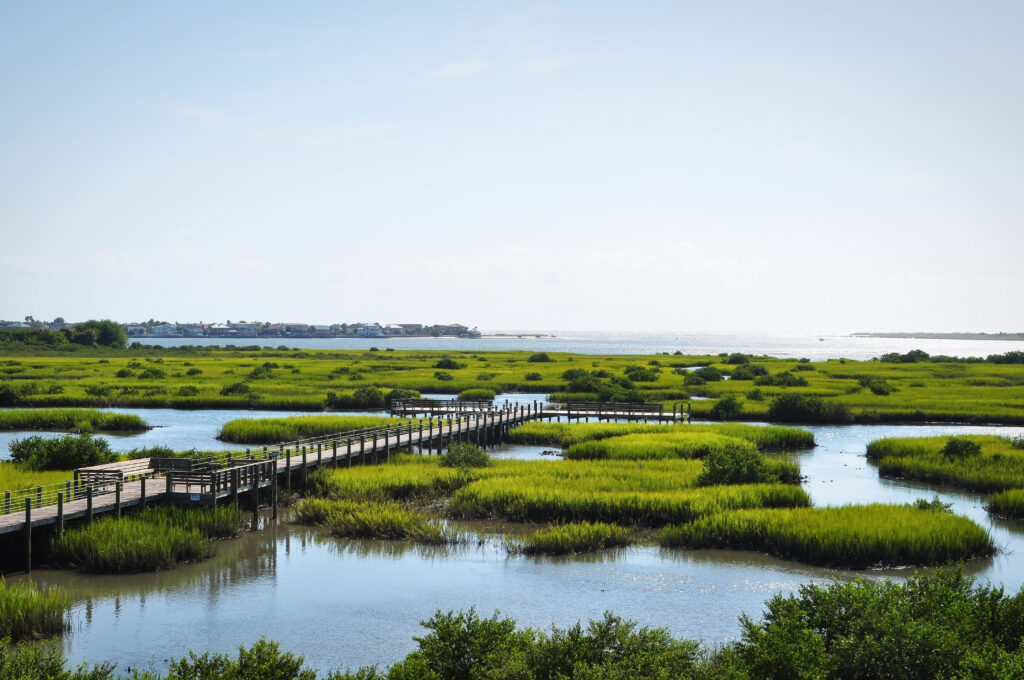
Salinas notes that many of the developments taking place now were approved pre-Great Recession, and new developments are encouraged to consider the impacts when planning future projects.

“Flagler County’s Comprehensive Plan encourages sustainable growth, but these initiatives are left to developers. Developers are encouraged through the county’s development review process to preserve environmentally sensitive areas,” said Salinas.
The City of Palm Coast has been a ‘Tree City USA’ community for nearly two decades. Conservation, preservation and development of green spaces are part of the city’s touted ‘quality of life’ pitch to potential residents and businesses, and they take it seriously.
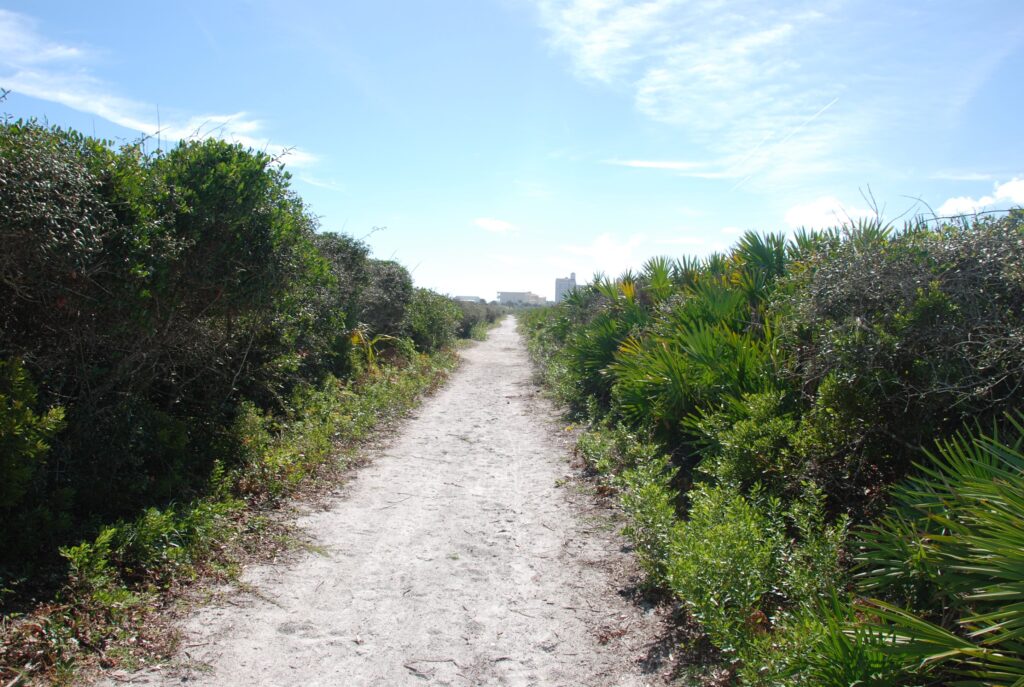
With a plethora of parks, miles of trails and a focus on preserving the community’s signature tree canopies, the city is a nature lover or outdoor recreation enthusiast’s dream.
Led by Palm Coast City Manager Denise Bevan, who has spent years helping shape the city’s policies, even as the city continues to grow, there is a deep respect for conservation among city staff, developers, and residents alike.
“The City has many policies in our Comprehensive Plan to help preserve open space and green areas. While this is a Level of Service for the City to comply with, we also require developers of residential projects to comply with this policy,” said Bevan. “Also, all new developments are required to include in their development passive and active recreation including walking trails and parks.”
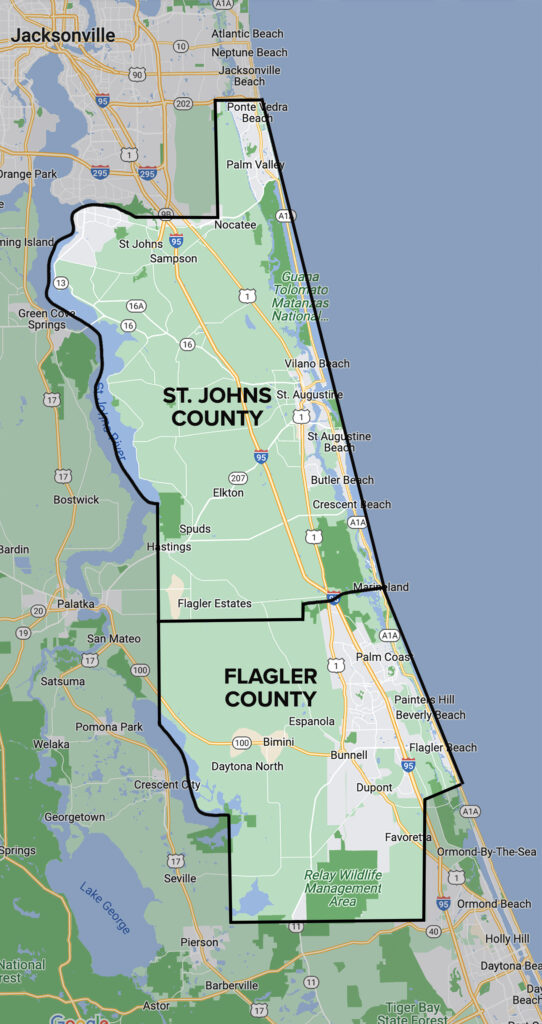
“I think our incredible community has a great sense of pride in our quality of life, and a lot of that can be attributed to our amazing trails, waterways and natural habitat supporting a wealth of wildlife,” she said.
“We enjoy a wonderful balance of the built environment with nature. Even the original design of Palm Coast by ITT back in the 1960s considered a clear and prominent focus on plant and animal life. What started out as mostly swamp land and pine forests has transformed over the years under the careful watch of City Administration and municipal elected officials to include natural vistas, 130+ miles of connected walking and biking trails, world-class golf and tennis, boating on the Intracoastal waterways and 13 diverse parks.”
In neighboring St. Johns County, between County Conservation easements, Pending Mitigation Banks, St. Johns River Water Management District (SJRWMD) Conservation lands, (FDACS) Florida Department of Agriculture and Consumer Services Lands, FDEP Conservation lands and (FWCC) Fish and Wildlife Conservation Commission Wildlife Management Areas there are nearly 60,000 acres of Public Conservation Lands, and more than 70,000 acres of Public Recreation Lands are protected by St. Johns County and the Florida Department of Environmental Protection.
In addition to a stringent Land Development Code in place since 1999, the St. Johns County Board of County Commissioners created the Land Acquisition & Management Program (LAMP) with the sole purpose of acquiring and conserving lands and sites that enhance or promote natural communities, green corridors, water resources, outdoor recreation as well as historical, educational, and scientific activities according to St. Johns County Director of Public Affairs Lorena Inclan.
“A good example of that is the recent decision by the Board of County Commissioners to acquire approximately 31 acres on the San Sebastian River, known as the Genovar property, for the future development of a public boat ramp and other related uses,” said Inclan.

Also, the County has access to a Tree Bank Fund, which provides an accounting of revenue and expenditures relative to the imposition of a “tree bank” fee on developers when a larger number of trees are removed and not replaced on commercial and larger residential construction sites in the County. Expenditures can be used for the landscaping of County roadways and other public facilities.”
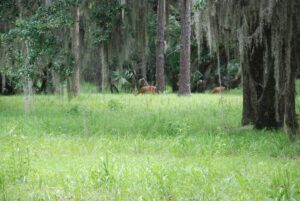
A robust community effort in conjunction with county staff and elected officials ensures the county’s green spaces are protected.
“The Department of Parks and Recreation works closely with, and seeks feedback from, residents and stakeholders on all improvement projects and future planned parks and recreational spaces. Engaging the community is key, and thankfully we have an active population that already values recreational, outdoor spaces and natural resources,” said Inclan.
When Quality of Life Matters
Spectacular enclaves of green space like the Ocean Hammock Park in St. Augustine Beach, Princess Place Preserve in Flagler County or the Guana Tolomato Matanzas National Estuarine Research Reserve (GTM NERR) spanning both St. Johns and Flagler counties are providing an unparalleled quality of life component for young professionals who often commute to Jacksonville, Daytona or Orlando’s busy downtowns for work, before returning to the slower pace and greater green spaces of their communities and their families.

“Environment and culture have quickly become top priorities for the business leaders of tomorrow,” said Joy Andrews, deputy county administrator, director of economic development for St. Johns County.
“We want to get the word out about the wildly different environments that St. Johns County has to offer – forests, beaches, marshes, farms and river lands – each of which provides countless benefits to businesses. We enjoy diverse communities with unique perspectives and places that can be appreciated and enjoyed; there’s always something new to discover. Site selectors certainly have many variables to weigh, but when it comes to quality of life and the ability to enjoy open spaces, St. Johns County should always be selected.”

